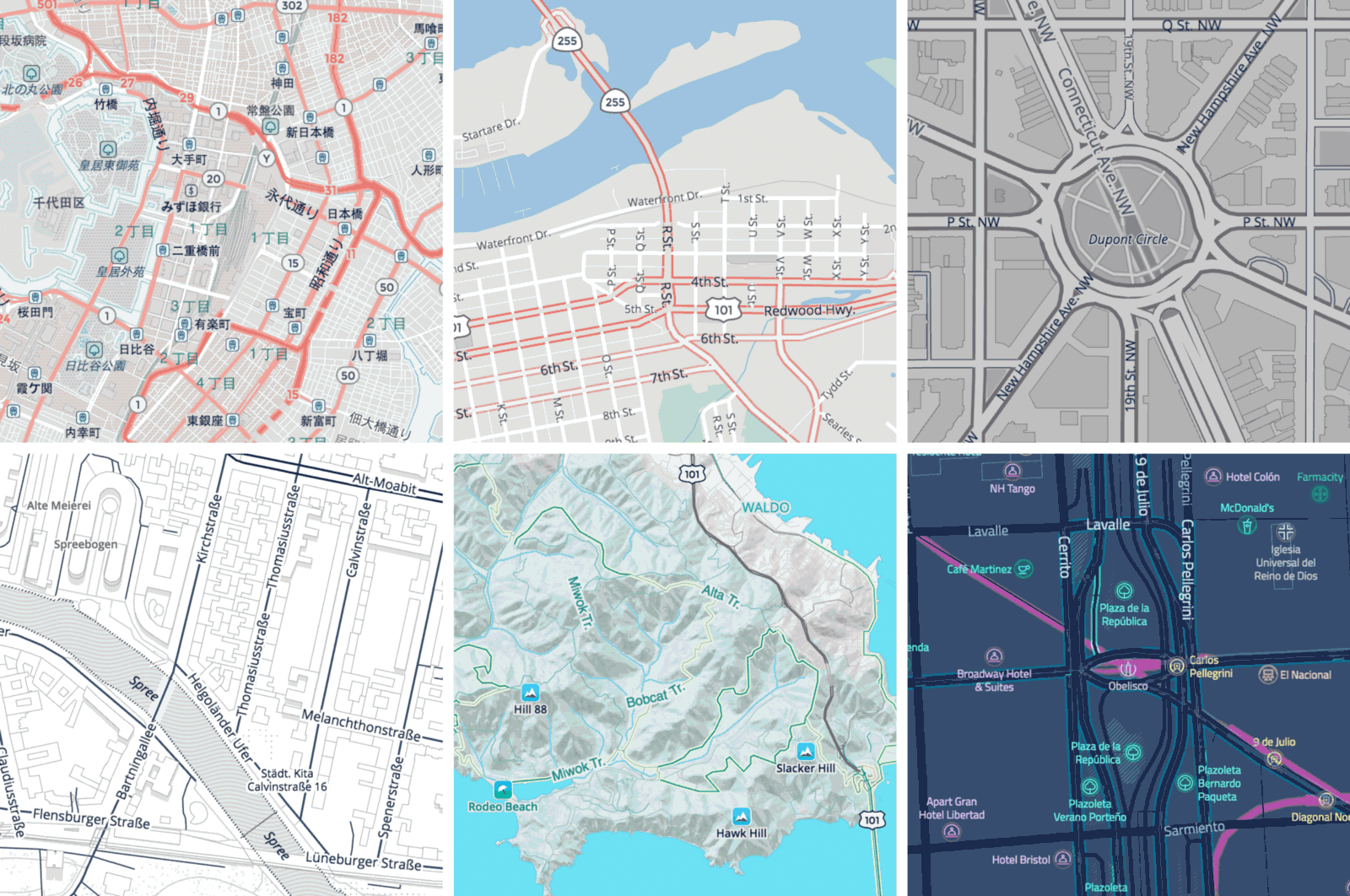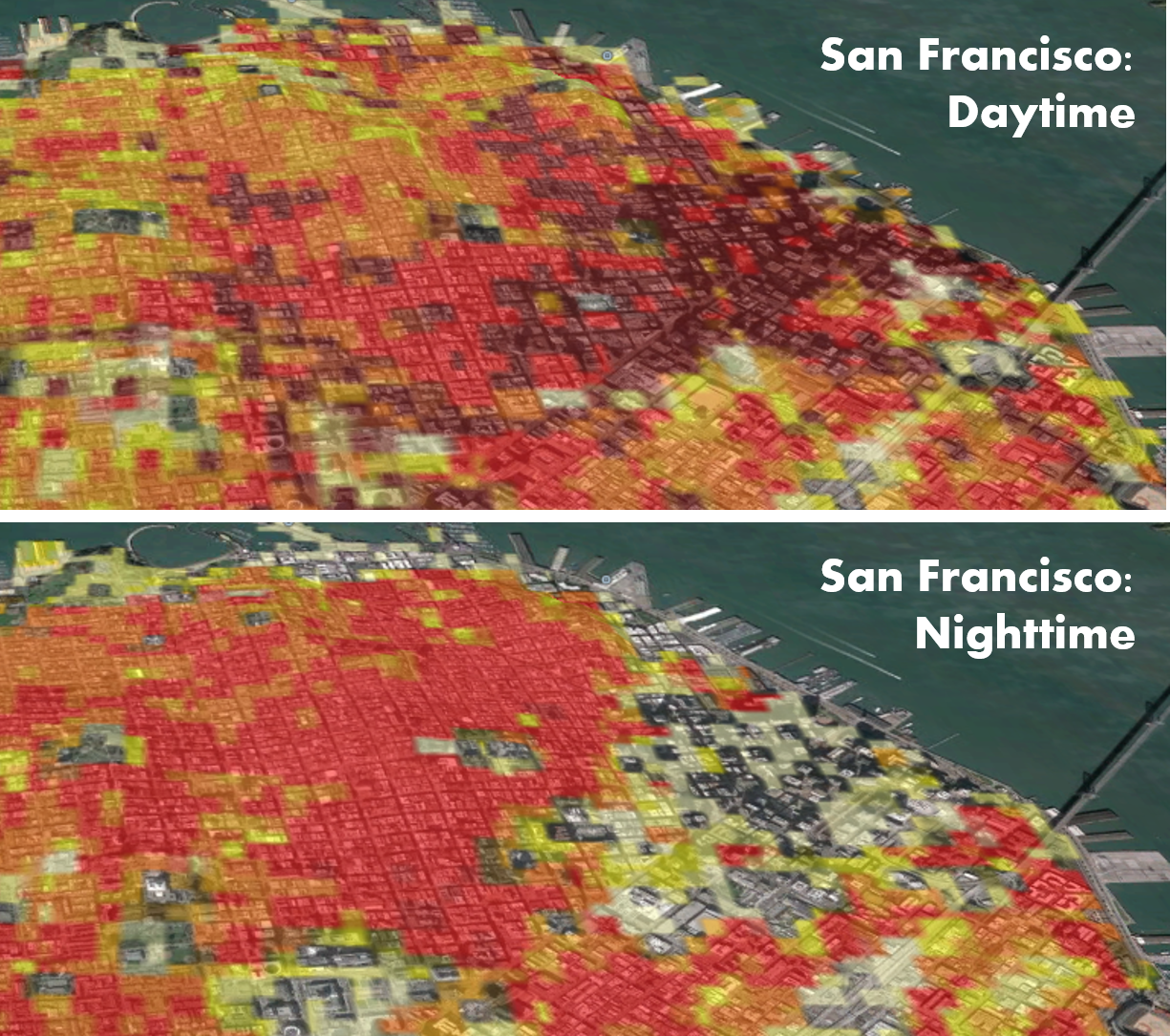
Open-source mapping platform Mapzen finds new home at Urban Computing Foundation

Open-source pioneer Mapzen may have shut down in 2018, but its code and service have continued to live and grow, receiving thousands of pull requests every year.
In its four-year-stint, the mapping platform armed developers with open software focused on search, rendering, navigation and data, and gave them tools that could be used to build vibrant maps equipped with real-time services. Organizations such as Eventbrite, Foursquare, Mapbox, The World Bank, Snapchat, HERE Technologies, and Mapillary continue to swear by it.
Perhaps that is why Linux Foundation took Mapzen under its fold in early 2019, giving its products (now called ‘projects’) and intellectual property a clear legal framework.
And now, Urban Computing Foundation (UCF) – Linux Foundation’s open geospatial forum focused on smart cities – has decided to host Mapzen and its project portfolio, which consists of:
- Pelias: distributed full-text geographic search engine
- Tangram: libraries for rendering 2D & 3D maps with WebGL/OpenGL ES & vector tiles
- Tilezen: libraries to generate vector tiles for global map display
- Transitland: community-edited data service aggregating transit networks across metropolitan and rural areas around the world
- Valhalla: global, multi-modal routing engine for turn-by-turn navigation services
- Who’s on First: gazetteer or big list of places, each with a stable identifier and descriptive properties
Former Mapzen CEO Randy Meech, who currently leads StreetCred Labs, recognizes that Mapzen joining the UCF umbrella is a great step forward in expanding the ecosystem of open-source urban computing software and tools. “In challenging times for cities everywhere, we believe that making location software and data open and accessible is important work that can help in large and small ways,” Meech says.
Drew Dara-Abrams, previously Head of Mobility Products at Mapzen, and currently Principal at Interline Technologies, adds, “Under the Mapzen umbrella, Interline has been proud to work together with many organizations and individuals to build a comprehensive stack of open-source software and data for geographic applications. We look forward to further expanding the collaboration with the Urban Computing Foundation, especially for transportation and mobility applications in cities around the world.”








